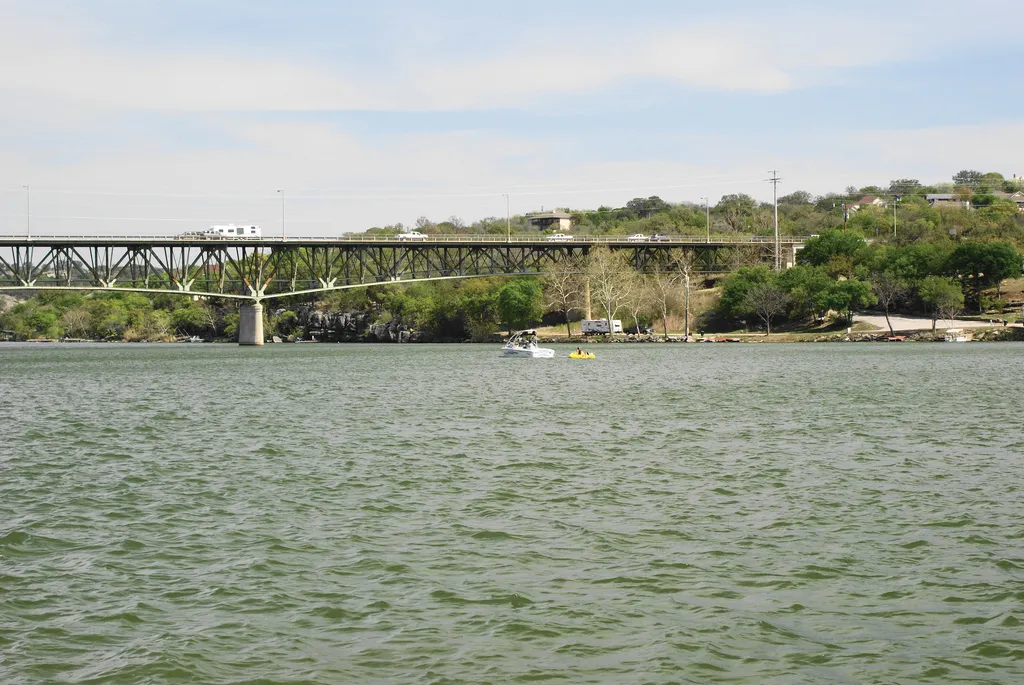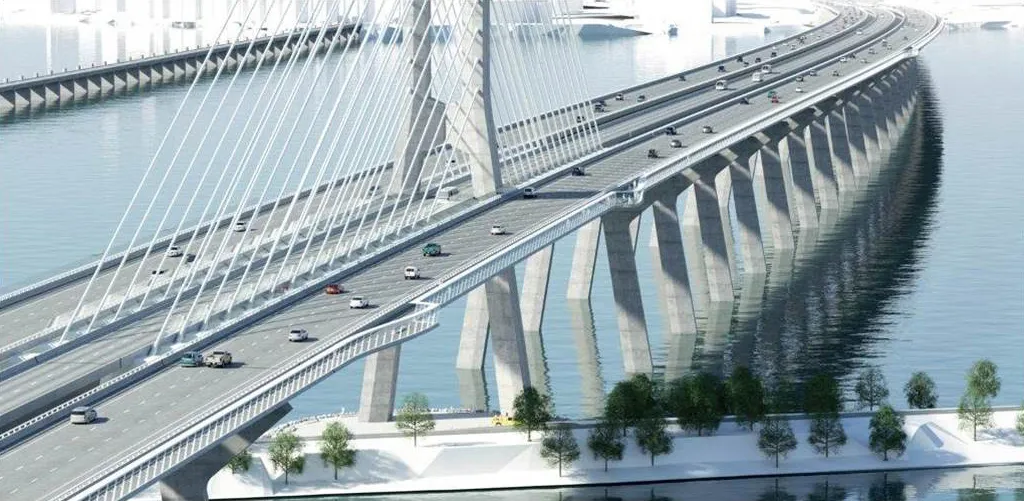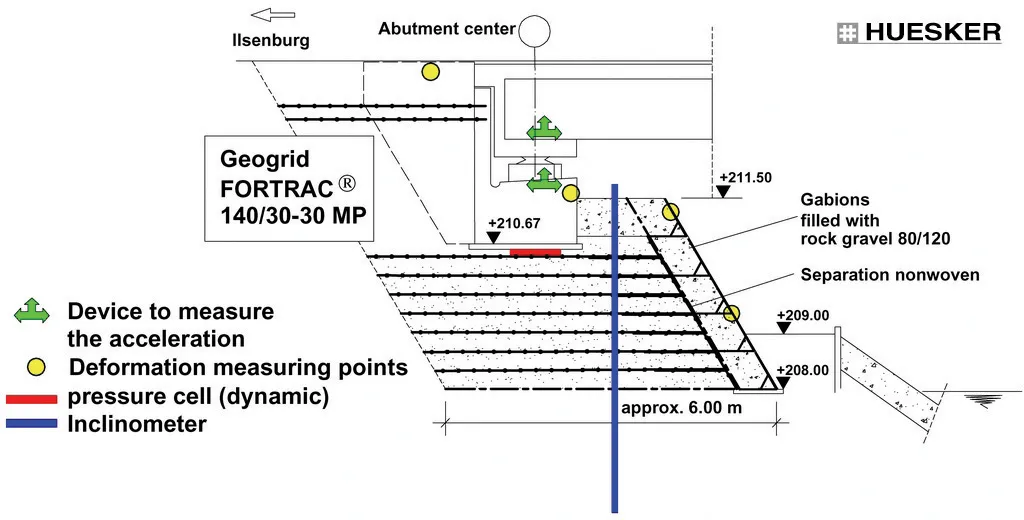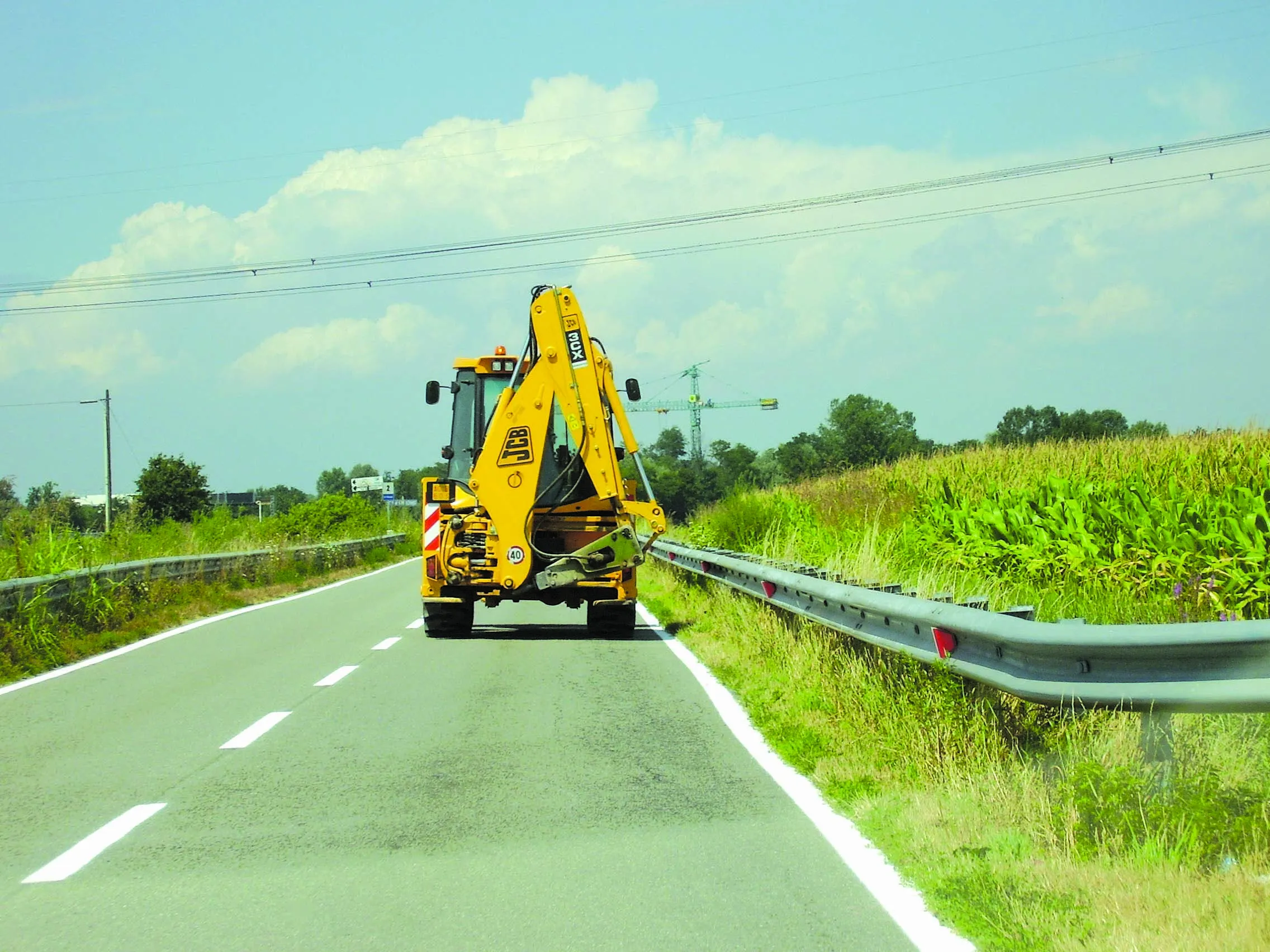In the US state of Texas, work is in hand to build new bridges carrying US-281 over the Colorado River at Marble Falls. The Texas Department of Transportation has set a budget of close to US$30 million to replace the existing Lake Marble Falls Bridge with two new bridges.
March 22, 2012
Read time: 2 mins

In the US state of Texas, work is in hand to build new bridges carrying US-281 over the Colorado River at Marble Falls.
The3499 Texas Department of Transportation has set a budget of close to US$30 million to replace the existing Lake Marble Falls Bridge with two new bridges. This crossing is some 80km from Austin and the project requires the demolition of the existing steel truss bridge and the construction of twin segmental bridges. The new bridges will be built using the balanced cantilever construction method with end spans constructed on falsework.
Finley Engineering Group (FINLEY) carried out a time-dependent staged analysis of the structure to monitor stresses and expected deflection during construction. The firm revised the segment layout and optimised the post-tensioning layout, which reduced costs and construction time. The analysis process included developing a model, which used Bridge Information Modeling (BrIM). This allowed the synchronisation of the CADD shop drawings with the analysis model, to meet the contractor’s fast-pace construction schedule. The first of the new bridges is under construction at present and is due for completion in mid 2012. The second bridge will be finished in 2014. Archer-Western Contractors is building the two structures and FINLEY’s portion of the project includes bridge design and a full construction engineering package.
The
Finley Engineering Group (FINLEY) carried out a time-dependent staged analysis of the structure to monitor stresses and expected deflection during construction. The firm revised the segment layout and optimised the post-tensioning layout, which reduced costs and construction time. The analysis process included developing a model, which used Bridge Information Modeling (BrIM). This allowed the synchronisation of the CADD shop drawings with the analysis model, to meet the contractor’s fast-pace construction schedule. The first of the new bridges is under construction at present and is due for completion in mid 2012. The second bridge will be finished in 2014. Archer-Western Contractors is building the two structures and FINLEY’s portion of the project includes bridge design and a full construction engineering package.









